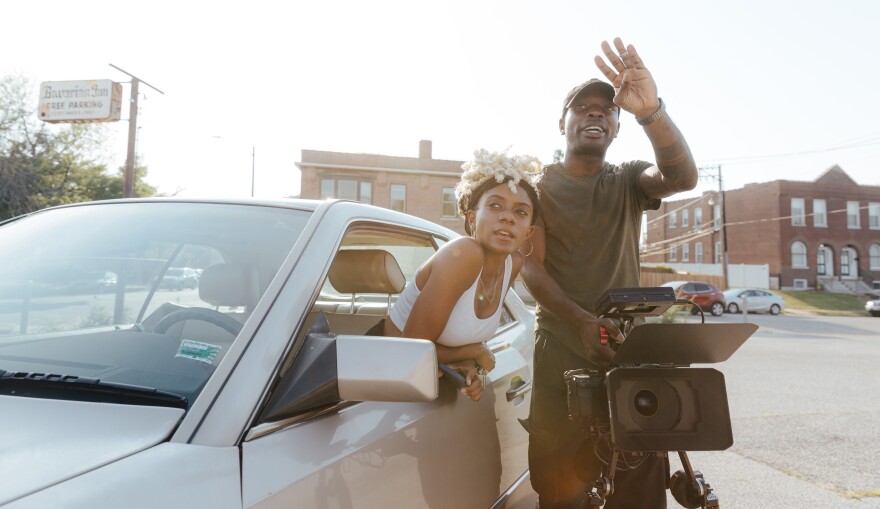When Cami Thomas returned home from college in the summer of 2015, she was disappointed to hear people in her native St. Louis dismissing the 2014 killing of Mike Brown and the resulting protests in Ferguson as moments of the historical past.
Having grown up in north St. Louis County, Thomas – like many in her neighborhood – saw the explosive moment coming. She perceived the protests as a breaking point for her continually silenced community.
“I heard a lot of people saying, ‘You know, it’s good you came back after the smoke has cleared … we’re good now. We’ve solved the problems,’” Thomas told host Don Marsh on Monday’s St. Louis on the Air.
But when Thomas looked around at her community, she saw the smoke raging just as rampantly as ever. “I felt like time had passed, but the work hadn’t really been done quite yet … to get us to a place where we wouldn’t have a moment like [Ferguson] again,” she said.
Thomas attributed the blind spots among many – particularly white and wealthy – St. Louisans to a general unwillingness among community members to emerge from their silos and talk to one another.
“The only way you can get out of your bubble and kind of out of the sheltered mindset of growing up in your own neighborhood is to talk to other people,” she explained.
Thomas’ web series, “Smoke City,” developed out of her desire to expose viewers to various St. Louis communities. Each episode of the series – which just completed its second season – explores a different neighborhood. Thomas engages with each neighborhood’s residents, visits its sites and addresses its most common outsider misconceptions through interviews and tours.
Thomas suggested that developing relationships and trust across different local communities is a critical first step towards unifying the divided city.
She noted, “Until you physically go and speak to someone and experience it for yourself, you’re not really challenging yourself in the way that would actually get the work done.”
Thomas described recognizing her own biases throughout the interview process, saying, “Every single person, every conversation, I was surprised by something.”
The clearest commonality she has noticed between distinct neighborhoods over the course of working on “Smoke City” is that they are all deeply segregated from their surrounding communities.
“People have the tendency to live in one area, shop in one area, maybe go to school in that area, converse with people from that area. And no matter where you are in the city, if you keep doing that … you won’t have trust,” she said.
Though Thomas hopes “Smoke City” will inform viewers about various communities, she does not want anyone to regard viewing the program as the conclusion of their work. “Here’s an introduction – now do the work yourself. Now go into the community and have a similar conversation.”
St. Louis on the Air brings you the stories of St. Louis and the people who live, work and create in our region. St. Louis on the Air host Don Marsh and producers Alex Heuer, Evie Hemphill, Lara Hamdan and Xandra Ellin give you the information you need to make informed decisions and stay in touch with our diverse and vibrant St. Louis region.




